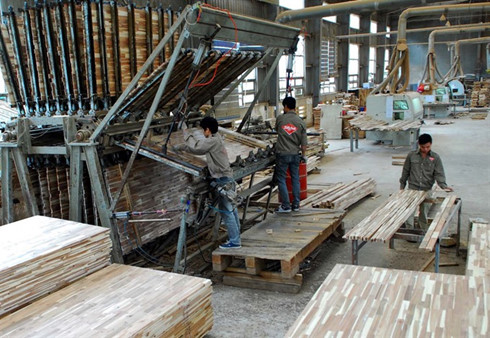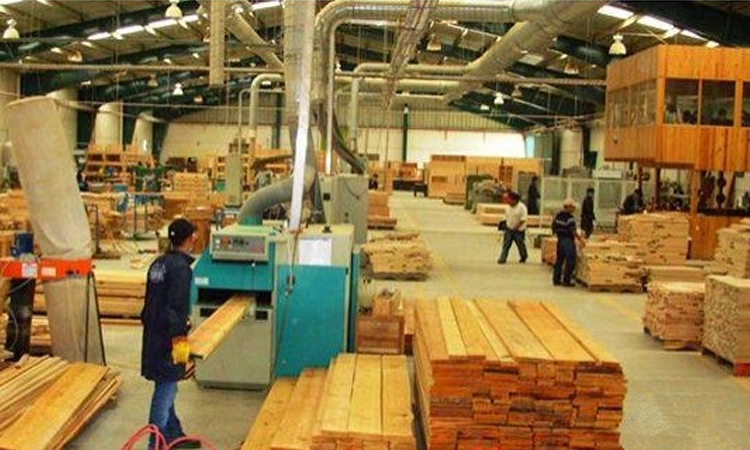
Nguyen Ton Quyen, General Secretary of the Vietnam Timber and Forest Product Association, said the wood processing industry had developed strongly in the past 10 years, with its export revenue last year doubling the figure in 2010.
The development of the industry had brought about an increase in demand for wood materials, from 25.7 million cubic meters in 2013 to 31.3 million cubic meters last year, he told a seminar held in Ho Chi Minh City last week.
But the overall output of timber harvested from plantation forests, rubber trees and other sources in the domestic market was about 23 million cubic metres a year. The industry every year has to import a large amount of wood material for processing, he said.
With China’s Government recent banning the exploitation of its natural forest, many Chinese businesses have rushed to other countries, including Vietnam and countries from which Vietnam is buying materials, to buy raw materials, which results in fierce competition in buying the materials, he said.
Bui Nhu Viet, deputy chairman of the Binh Duong Wood Processing Association, said wood processing firms in the south “are sitting on fire” because the supply of raw materials is gradually shrinking.
Recently, many Chinese enterprises came to Vietnam to purchase wood in bulk. If this situation continues, the domestic wood processing industry will face a severe shortage of raw materials, he said.
Similarly, Truong Mong Trinh, director of Moc Luc Wooden Furniture Co,. Ltd, said more and more foreign enterprises are coming to Vietnam to purchase raw wood materials, leading to a scarcity of the materials.
Prices of raw wood materials continue to rise in recent times from VND2 million-3 million a cubic metre previously to more than VND5 million now, she said.
Do Xuan Lap, Chairman of Binh Dinh Timber Association, said prices of rubber wood went up by 20%-25% compared to earlier this year.
There was a fierce competition in terms of price to buy the raw wood, which created great pressure on wood processing in Ho Chi Minh City, Binh Duong, Dong Nai and Binh Dinh, he said.
He suggested the Government should restrict the export of raw materials effectively, including raising export duties on the log and sawn wood.
Delegates at the seminar said re-organising the production of plantation forests to boost the domestic supply of raw wood was necessary for sustainable forest plantation as well as to increase the inefficient use of raw materials.
Quyen said the country’s plantation forest area increased from 3.55 million ha in 2015 to nearly 3.9 million ha last year, of which about 200,000 ha obtaining the Forest Stewardship Council (FSC) certification.
The sector must work to enable all forest areas to receive FSC certification and other certificates in the coming years to meet the demand of import countries, who require only products made from legally harvested timber imported into their markets, he said.
Vietnam earned US$5.76 billion from wood and wood product exports in the first 10 months of the year, a year-on-year increase of 0.8%, with the US the largest importer of Vietnamese wood products, followed by Japan.
Revenue from wood and wood product exports is expected to reach $7.2 billion this year and $10 billion by 2020.
Last year, Vietnam imported 1.69 million cubic metres of log timber and 3.5 million cubic metres of sawn timber from over 100 countries and territories. The figures were 1.4 million and 2.3 million cubic metres, respectively, in the first 10 months of the year.
(Source: english.vietnamnet.vn)
























 沪公网安备31010402003309号
沪公网安备31010402003309号